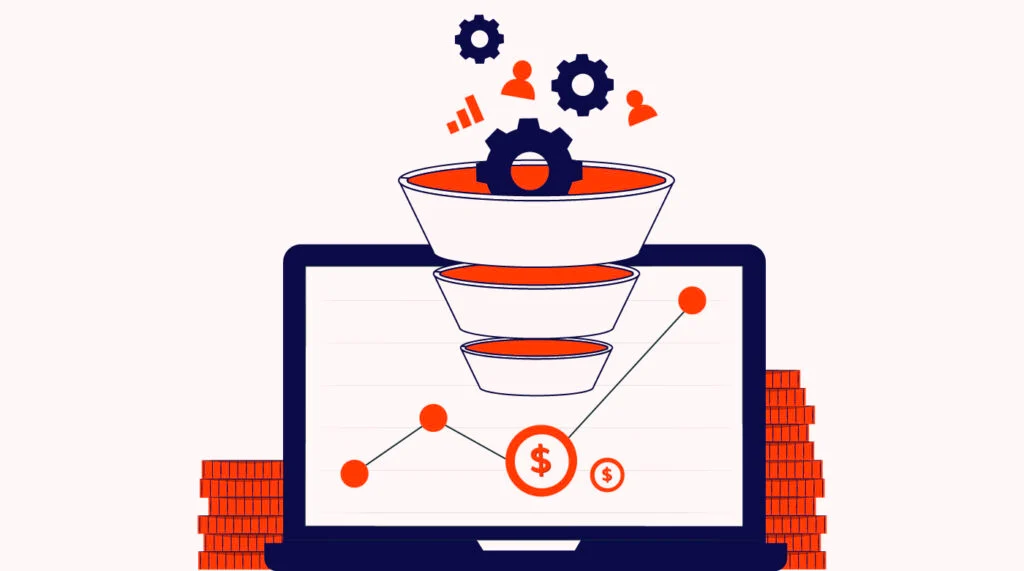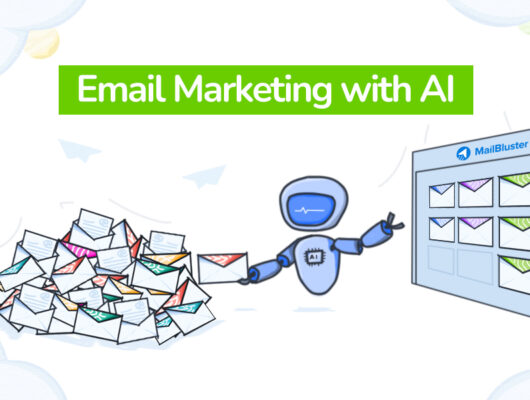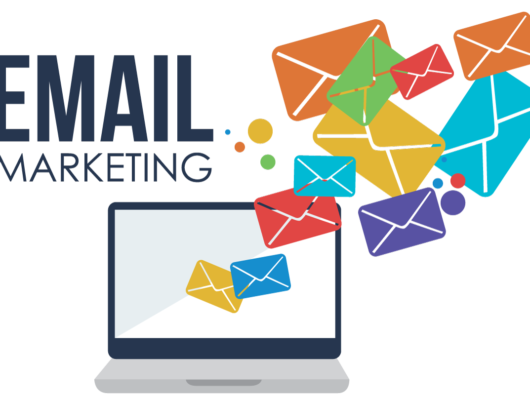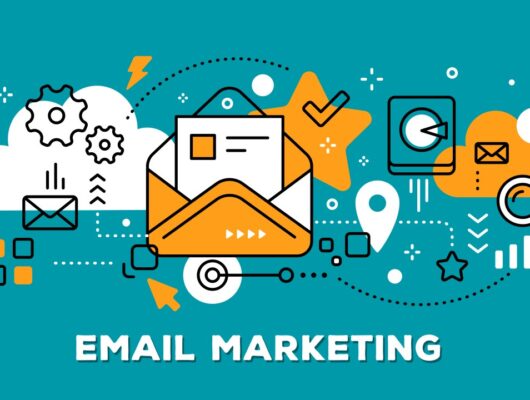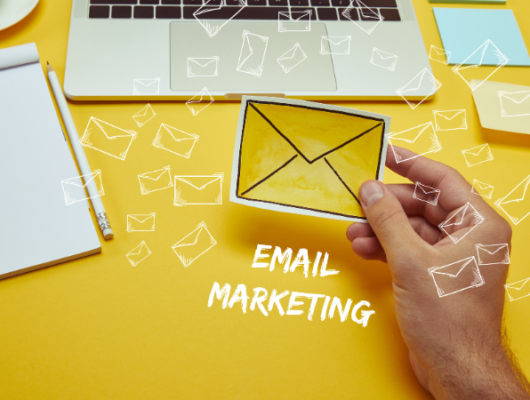Email automation has transformed how e-commerce businesses interact with their customers by streamlining communication processes and ensuring timely and relevant interactions.
Automated emails can help businesses increase efficiency, enhance customer engagement, and ultimately drive more sales.
This article explores the role of email automation in e-commerce and provides strategies for effective implementation.
What is Email Automation?
Email automation involves setting up email campaigns that are triggered by specific actions or timelines without the need for manual intervention.
These can include welcome emails, order confirmations, cart abandonment alerts, and more. The automation of these communications ensures that customers receive personalized and timely messages that can guide them along the purchasing journey.
Benefits of Email Automation
- Consistency and Timeliness: Automated emails ensure that every customer interaction happens in a timely manner, maintaining consistent communication.
- Increased Engagement: By sending relevant information based on customer behaviors and preferences, automated emails can significantly boost engagement.
- Scalability: Automation allows your marketing efforts to scale with your business without requiring additional resources for each customer interaction.
- Detailed Insights: Automated systems typically provide analytics on email performance, allowing businesses to refine their strategies based on concrete data.
Key Automated Email Campaigns for E-commerce
- Welcome Emails: Automatically send a personalized welcome message to new subscribers or customers, setting the stage for future interactions.
- Cart Abandonment Emails: Remind customers of items they left in their carts. These emails can recover lost sales by prompting customers to complete their purchases.
- Post-Purchase Follow-up: Send emails post-purchase to thank customers, provide order details, or request feedback. This enhances customer satisfaction and promotes loyalty.
- Re-engagement Campaigns: Target inactive customers with automated emails designed to reignite their interest in your product offerings.
- Birthday and Anniversary Emails: Celebrate customer milestones with special offers or messages, driving engagement and sales through personalized attention.
Strategies for Implementing Email Automation
- Segment Your Audience: Create detailed segments in your customer database to tailor your automated emails more effectively. This personalization can lead to higher engagement and conversion rates.
- Personalize Your Messages: Use the data you have on your customers to personalize the content of your emails. Personalization goes beyond using the customer’s name; it includes tailoring offers and content to their specific interests and past behaviors.
- Test and Optimize: Continuously test different elements of your automated emails, including subject lines, email content, and timing. Use A/B testing to determine what works best and refine your approach based on performance metrics.
- Integrate With Other Marketing Tools: Combine your email automation with other marketing platforms, such as CRM systems and analytics tools, to create a comprehensive view of your customer interactions across all channels.
- Monitor and Adjust: Regularly review the performance of your automated emails. Monitoring key metrics such as open rates, click-through rates, and conversion rates will help you adjust your campaigns for optimal performance.
Conclusion
Email automation is a crucial tool for e-commerce businesses looking to enhance customer engagement and increase sales efficiency.
By automating routine communications, businesses can focus on creating more complex strategies and personalized experiences for their customers.
With the right approach and tools, email automation can be a game-changer for your e-commerce business, providing a solid foundation for sustained growth and customer satisfaction.


